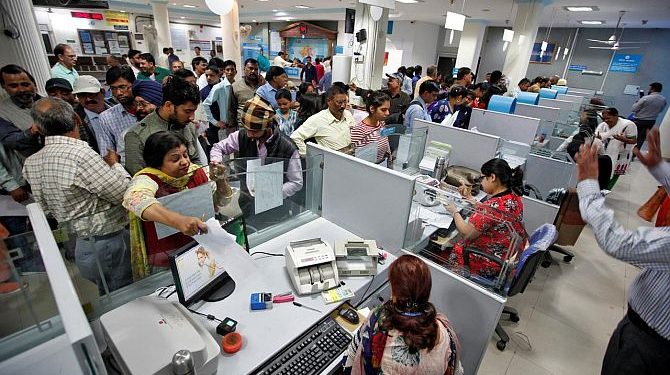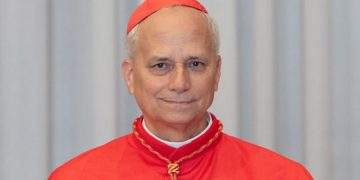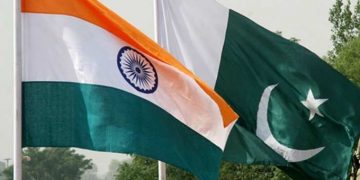A major step in the financial services sector is ready for a start; its implications a matter of conjecture at this point of time. The Centre has finalised plans for merger of 10 public sector banks (PSBs) and an announcement to this effect is expected this week. This would be a landmark step next only to that of the Bank Nationalization in 1967. Under the plan, Punjab National Bank, Canara Bank, Union Bank of India and Indian Bank will absorb in their folds six more banks, finalising the merger push in an elaborate exercise that will have long-term implications for the Indian economy as a whole.
After the much-acclaimed Bank Nationalization effected by Indira Gandhi and the benefits that accrued for some time and later the huge scams involving Public Sector Banks that has resulted in a rise of non-performing assets (NPAs) or bad loans touching a high of Rs 10 lakh crore, it has been a taming experience for the Indian banking sector in the past over one decade. Recently, the NPAs have come down, but marginally. Many beneficiaries who were lucky to have had powerful friends to help them have scooted from the country with the huge loans they took without sufficient guarantees. Several of them including Nirav Modi, Mehul Choksi and Vijay Mallya are having a safe time abroad. What adds pathos to the present scenario is that many of those refusing to pay back the loans are those who have the means to pay but will not – they being labeled as willful defaulters. Efforts by the banks and the government to get back the money are going round and round. However those who are willing to clear their debts, like Mallya for instance, are being cold shouldered and their requests are falling on deaf ears for reasons unknown. Suspicious indeed.
A combination of factors – including the ineptness on the part of RBI which saw governors coming and going in quick succession from outside the ranks, wayward behavior on the part of the political authority at the helm as also top officials heading the PSBs – have conspired to bring about this situation of absolute hopelessness in the banking sector. This is having deadly effects on the national economy. Too much of money being taken away and parked in tax havens abroad by wily businessmen who even used shell companies to fleece banks meant hard hits to the economy. There has been not enough action from the Modi government in the past nearly six years to set things right, or get back the ‘looted’ money parked abroad – though this was an election promise of Modi in his spirited campaign for LS polls 2014. The role being played by the legal mechanisms not just within India but also abroad only helped the robbers of banks buy time.
The nationalization of 14 private banks by Indira Gandhi had the good sides. Promise then was that the nationalized banks will help push the agricultural and SME-industrial sectors, backward areas development and exports, with massive release of funds. To a great extent, this happened. But, on the debit side, over time, PSBs have become playgrounds for vested interests. It is a moot point whether the merger of 10 prominent, yet ailing banks will help effect positive changes to the financial sector. The proof of the pudding is in its eating. More so because the burden of the sick banks will now ride piggy back on healthier operations.
At the time of nationalization, Indira Gandhi who piloted the project had explained the good intentions and also cautioned about the problems that lay ahead. “We shall be vigilant about the dangers of too much interference,” political and otherwise, in the functioning of banks, she had told Parliament. However, what was lacking in course of time was vigil. A notable assessment was that the “credit bubble grew under direct political patronage” of vested interests lurking in the power corridors in Delhi; meaning those who ran government. The pity of it was that much of these happened directly under the watch of a “financial expert” like Dr Manmohan Singh at the head of the government. On his side were those like P Chidambaram. Sadly, the situation has not changed under Modi either. The visible results are not only of the past but of the misdeeds of the present also,
Bank nationalization itself was a desperate political attempt – after the 1962 and 1965 wars shattered the economy and the Congress party faced major electoral reverses in the 1967 general elections. Today, a similar scenario is at hand; the Indian economy back on a tailspin and the ruling party suffering electoral reverses in state after state. With hefty loot from banks in recent years, mergers, however, are perhaps not the only way forward to keep the banking sector ticking. For banks, it could be a scenario of “Divided we stand, united we fall.” Time alone can say whether this is the right prescription for a revival of the banking and financial services sector.






































